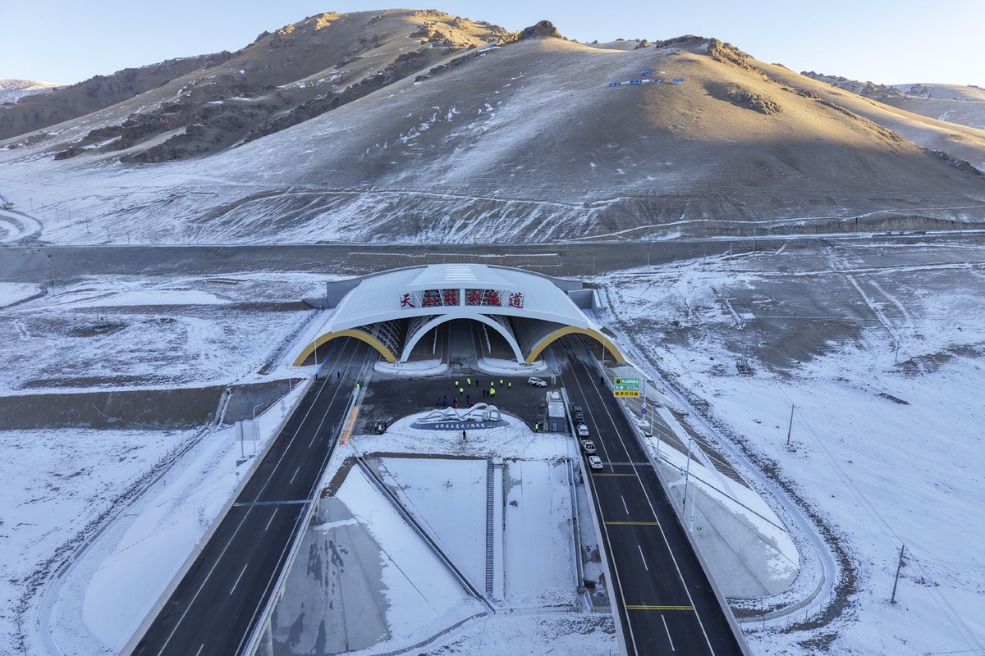Alpinist breaks gender stereotype on Roof of the World
Guizhou mountaineer leads fellow female climbers up Qomolangma, world's highest peak


From the moment she entered the Qomolangma base camp, Huang began experiencing severe physical issues: her monthly women's issue arrived early, her eyes turned bloodshot and her body swelled. She even began coughing up blood, while her weight plummeted 10 kilograms. Despite always being healthy, Huang fell ill, and doctors couldn't find the cause.
Despite worsening symptoms, she refused to abandon the ascent. "If I fail this battle, I'll be condemned to a lifetime beneath others' scorn, never to rise again, because opportunities to summit Qomolangma are incredibly rare and costly. Missing this chance means I might never get another, especially as I grow older," she said.
Coping with her aching body through sheer willpower until the final moments, a miracle occurred at the last moment — her illness abruptly vanished, leaving her unexpectedly revitalized. Then, inching up the icy slope like a famished wolf as she wrote in a later book, she ascended to the 7,028-meter North Col, securing her qualification for the attempt to reach the peak of the world's highest mountain.
At the North Col camp, the guides had not prepared a tent for her because they didn't think she would manage to get there based on her physical condition. Therefore, they borrowed an old tent from another team for her to seek shelter in.
However, it was the old tent that made her realize that her previous prolonged suffering stemmed from an allergic reaction to her previous tent's materials. Her symptoms subsided considerably after taking leave of the offending shelter.
From then on, her health steadily improved, and she continuously surpassed other climbers. Ultimately, she ascended to the "throne atop the world in high spirits, just as a queen", and witnessed the sunrise from there, as written in her book.
























